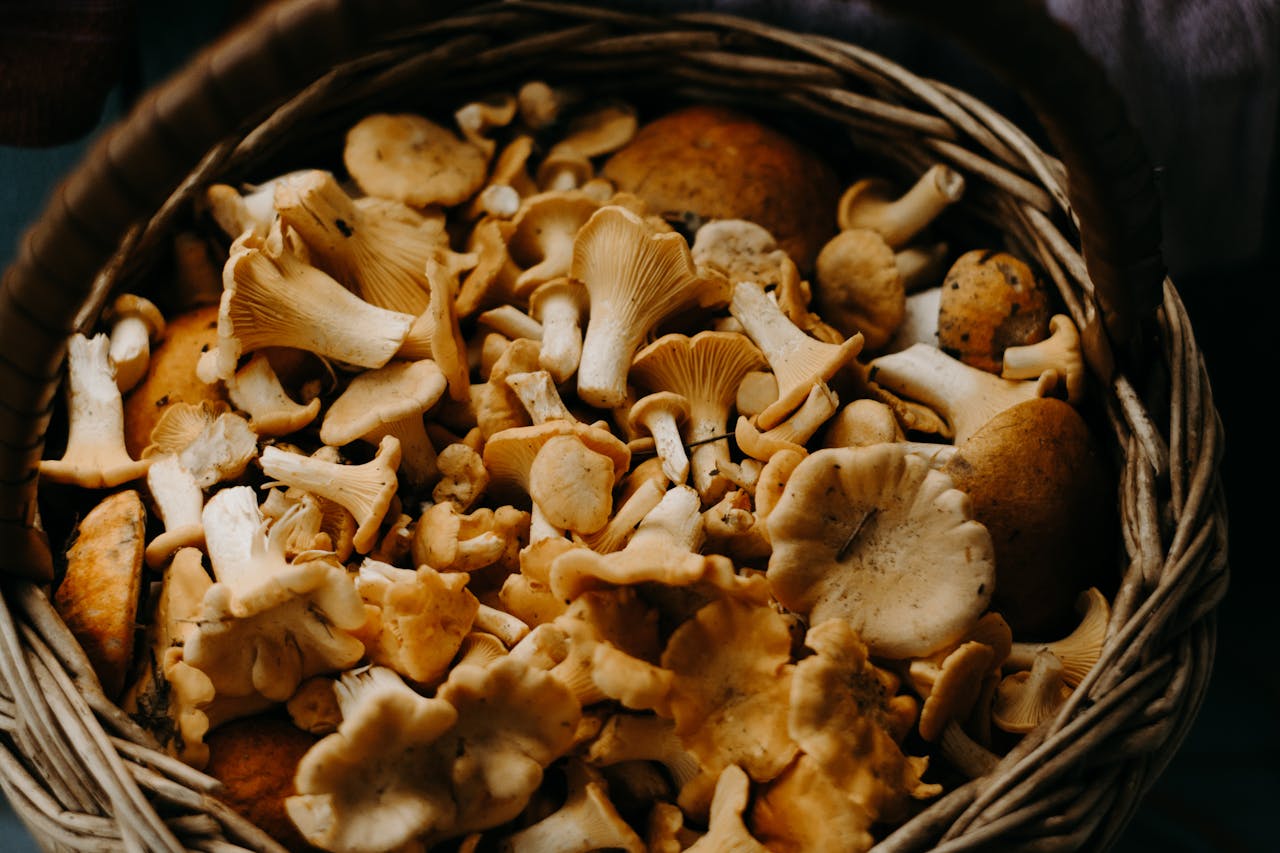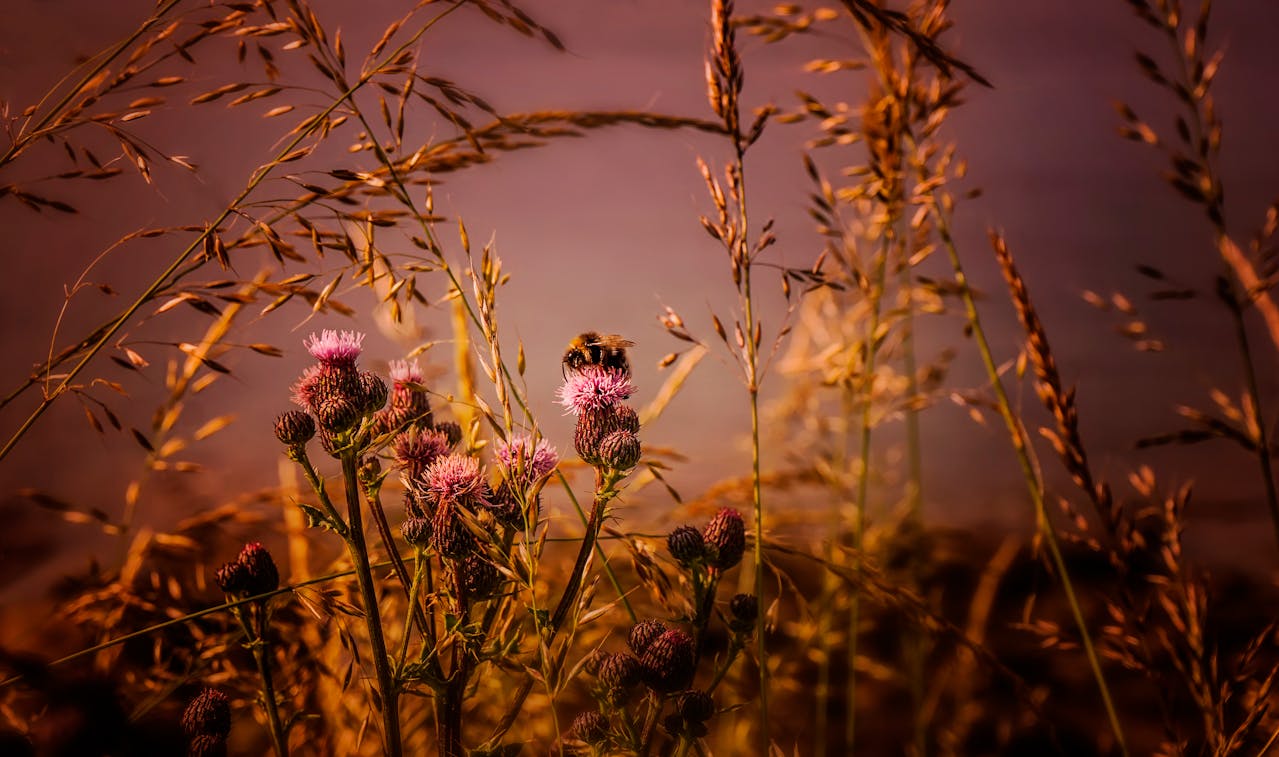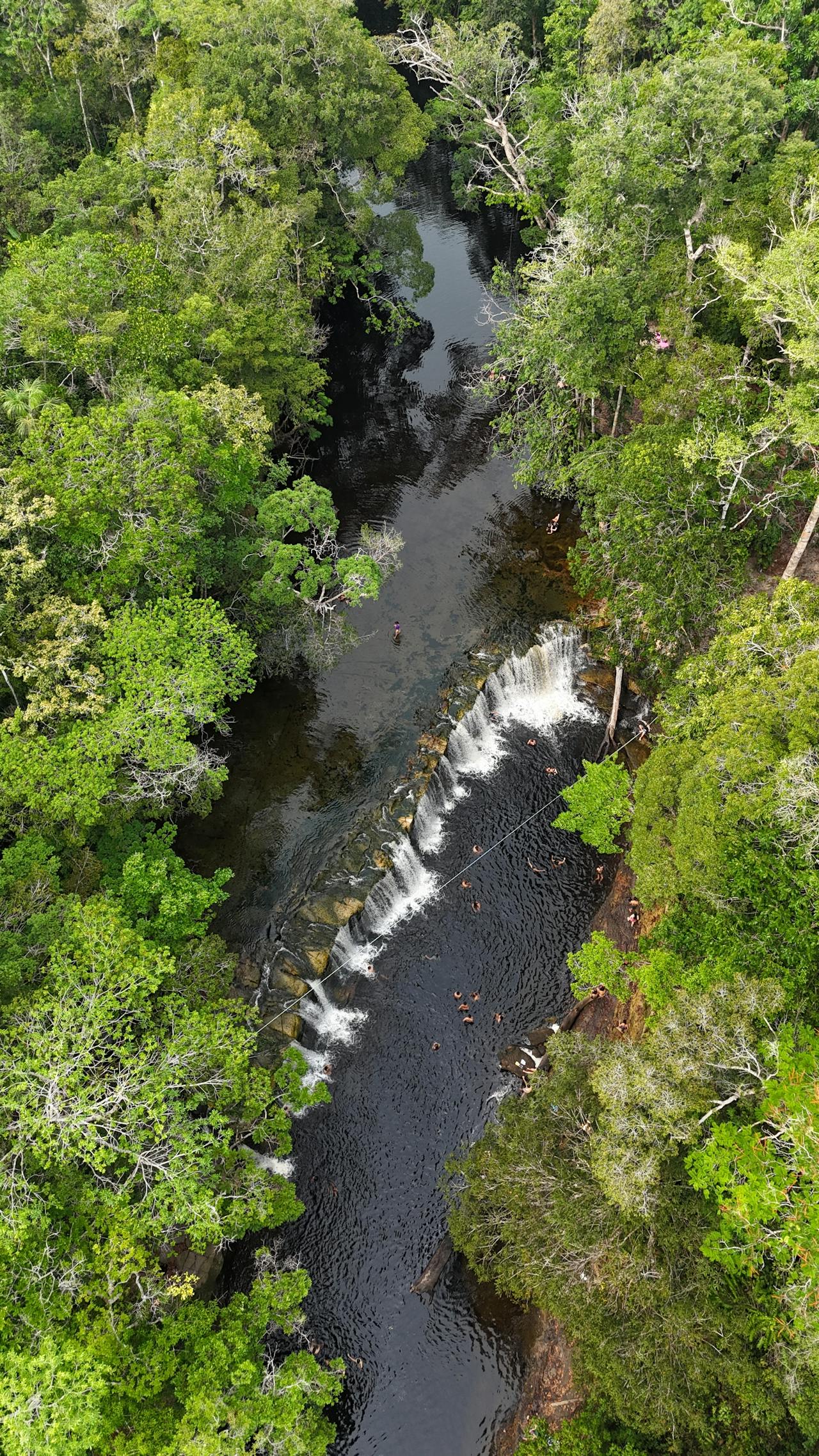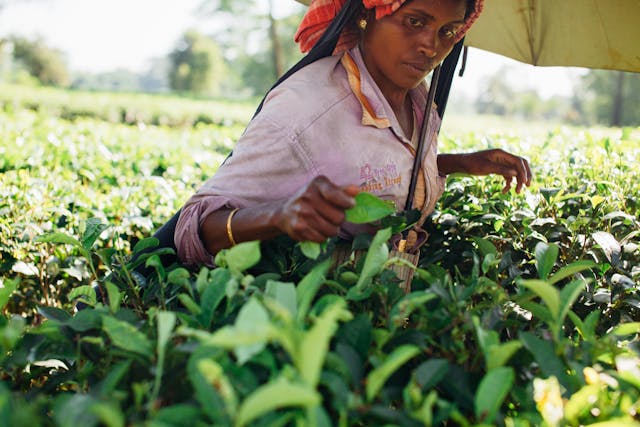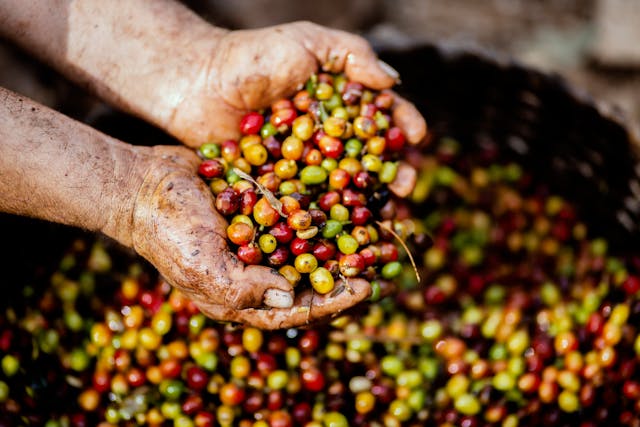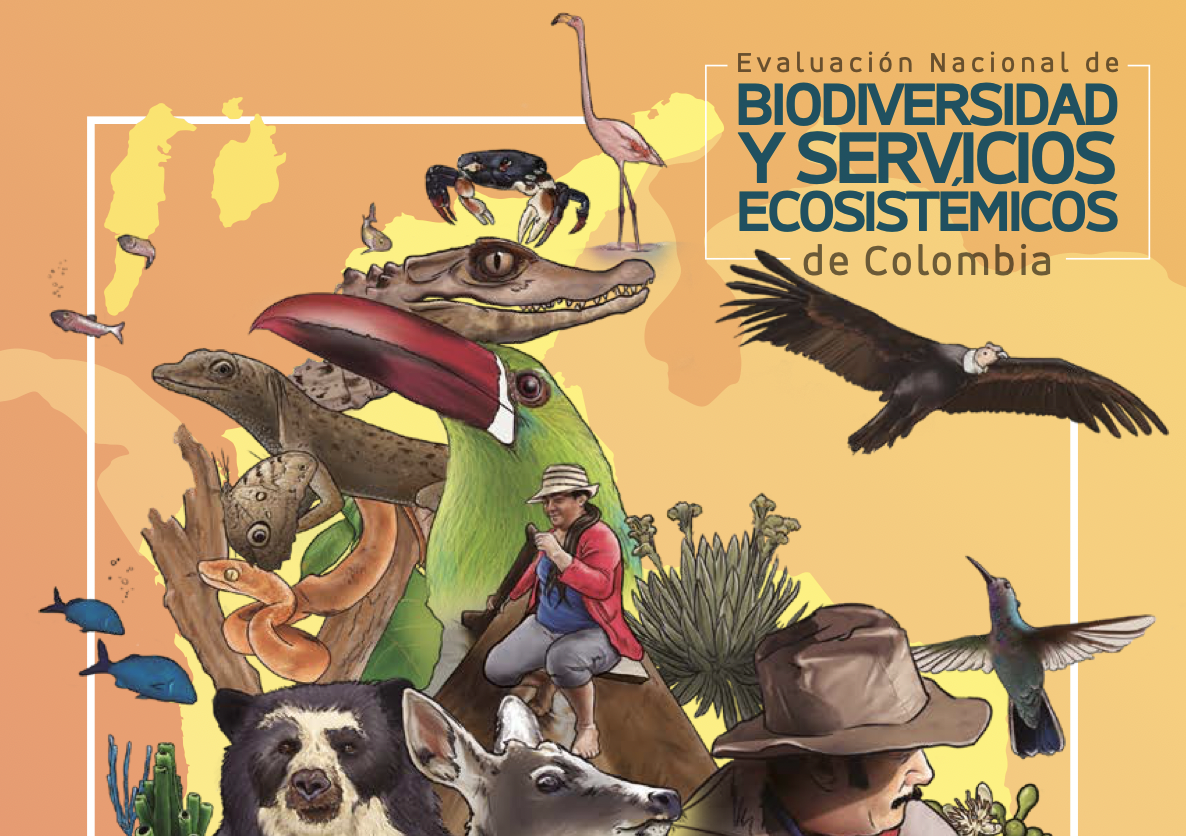Plant-pollinator interactions are ubiquitous in nature where both wild and domesticated pollinators interact with wild plant communities and entomophilous crops. Honeybees are important pollinators in many crop systems, but recent declines in honeybee stocks in Europe and the US have caused concern about the sustainability of crop systems solely depending on honeybees. In addition, several studies have shown that honeybees might negatively affect native pollinator populations, bumblebees in particular. Here we have studied flower visitation to two raspberry farms and surrounding wildflower communities in SE Norway. Bumblebees were excluded from the raspberry field by means of exploitative competition from honeybees ( > 97% of flower visits in the raspberry fields were conducted by honeybees). More than 55% of the visits recorded in wild plant communities surrounding the farms were conducted by bumblebees, showing that bumblebees were present in the system. Pollinator taxa were affected differently by temperature; honeybee visits showed a unimodal relationship with maximum flower visitation activity at a temperature of 24.1 °C, while flower visits by bumblebees showed a positive, linear relationship with temperature. The effect of temperature was much weaker for bumblebees than for honeybees (∼2.2% of the variation was explained by temperature, compared to ∼46% for honeybees). Farming practice affected flower visitation, as flowers within growing tunnels received fewer visits. However, the number of flower visits, also within the growing tunnels, was far above what other studies have shown to be sufficient for optimal pollination in raspberry. We conclude that the raspberry fields were sufficiently pollinated by honeybees but that the system should be considered vulnerable as it is solely dependent on this particular pollinator species. The honeybees were sensitive to ambient temperature suggesting that they might suffer more from future climate change than bumblebees.
























































































































































































































































































































































































































































































































